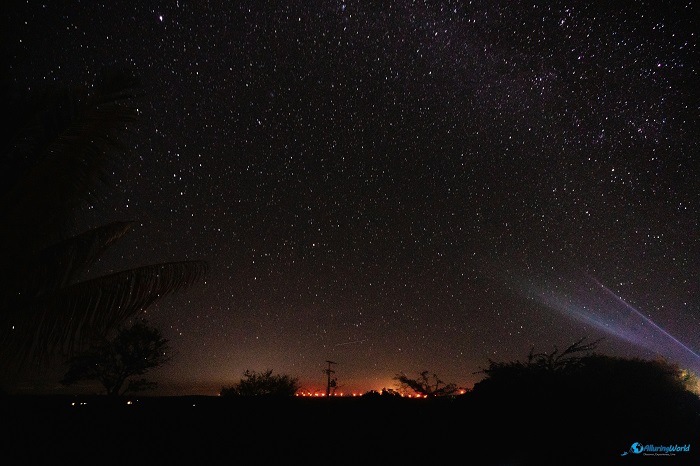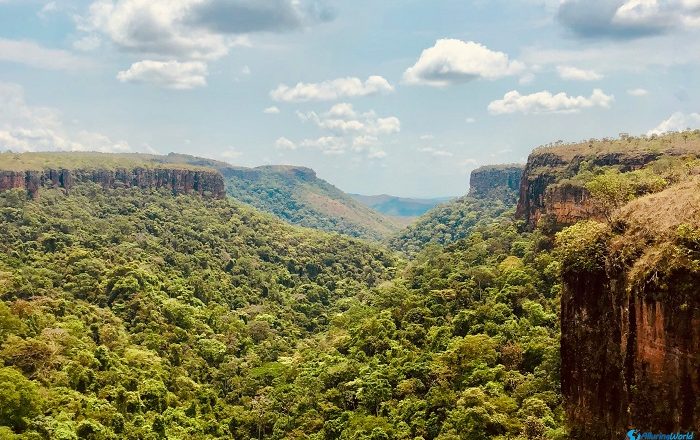Chapada Diamantina National Park is an important national park located in the Chapada Diamantina Region in the northeastern part of the State of Bahia, within the eastern part of the Federative Republic of Brazil. Being one of Brazil’s most spectacular natural treasures, this stunning park spans over 1,520 sq km (586 sq mi). In addition, it is part of the larger Chapada Diamantina mountain range, which is known for its dramatic landscapes, making the park a paradise for nature lovers, adventurers, and anyone seeking to explore the diverse ecosystems of Brazil. The park is roughly 400 km (248 mi) inland from Salvador, the capital city of Bahia, making it a remote yet accessible destination for those willing to venture off the beaten path.
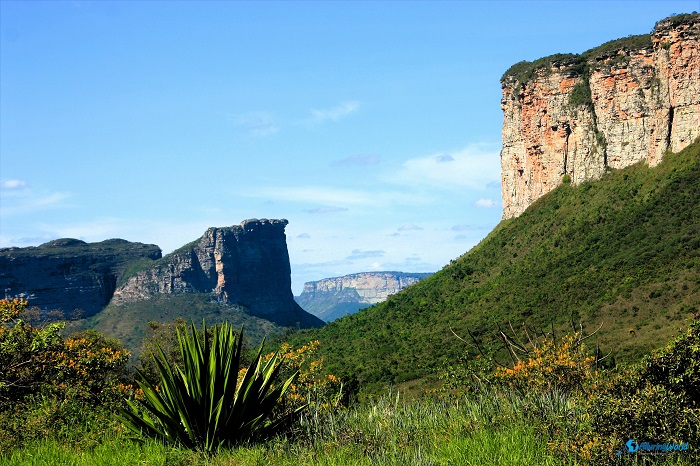
The formation of Chapada Diamantina National Park dates back millions of years, as it was shaped by tectonic movements, erosion, and the relentless forces of nature. The park’s landscape is characterized by rugged plateaus, deep canyons, towering waterfalls, and vast underground cave systems, all carved out of ancient sandstone and quartzite formations. The region’s geology is a testament to the Earth’s dynamic processes, with the mountain ranges and valleys having been formed through the gradual uplifting and sculpting of the land over eons, and these natural processes have resulted in the unique topography that makes Chapada Diamantina one of the most visually stunning regions in Brazil.
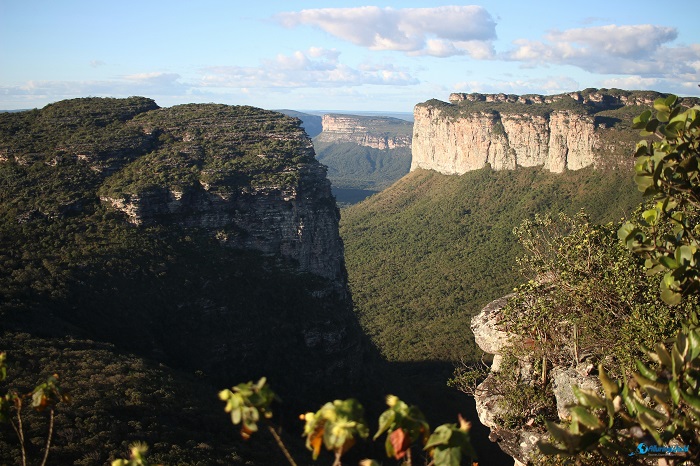
The history of Chapada Diamantina is closely tied to the discovery of diamonds in the area during the 19th century, and as the region’s name, “Chapada Diamantina,” literally means “Diamond Plateau,” it reflects its significance during Brazil’s diamond rush. In the early 1700s, explorers and miners flocked to the area in search of these precious stones, leading to the establishment of several towns, including Lençóis, which served as a hub for the diamond trade. The intense mining activities not only shaped the economy of the region but also left a lasting impact on its landscape, with old mining trails and remnants of colonial-era infrastructure still visible today.
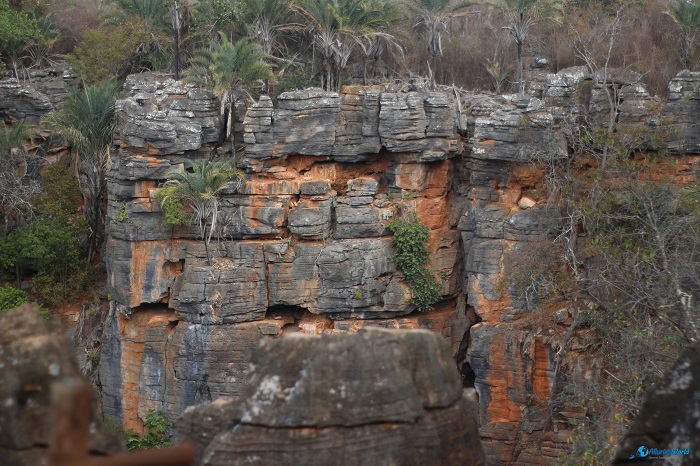
The significance of Chapada Diamantina extends far beyond its geological and historical importance, and because of this, in 1985, the Brazilian government officially established Chapada Diamantina National Park to protect its unique ecosystems and biodiversity. The park is home to a rich variety of flora and fauna, including several endemic species that are found nowhere else on Earth, but with its diverse habitats range from dry savannas and cerrado (a type of Brazilian tropical savanna) to lush rainforests and high-altitude grasslands, the park is too a refuge for many endangered species, including the maned wolf, giant anteater, and various species of orchids and bromeliads that thrive in its unique microclimates.
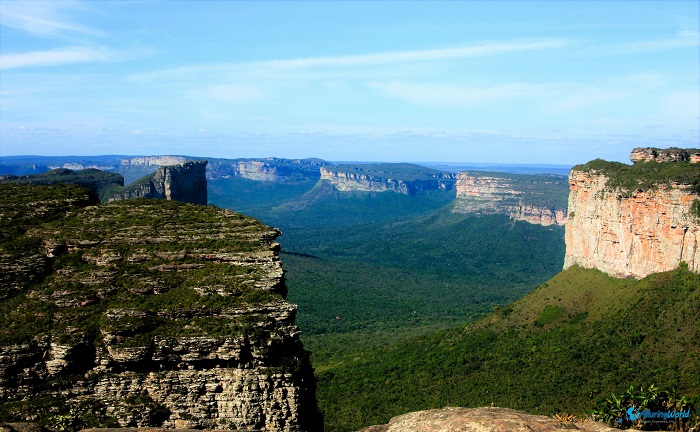
Today, Chapada Diamantina National Park is a vital ecological haven and a popular destination for ecotourism. The park’s dramatic landscapes and diverse ecosystems attract adventurers from around the world who come to explore its numerous trails, waterfalls, and caves, however, one of the park’s most iconic landmarks is the Fumaça Waterfall, Brazil’s second-highest waterfall, which plunges nearly 340 m (1,115 ft) into a misty gorge below. Another highlight is the Pratinha Cave, where visitors can swim in the crystal-clear waters of an underground river surrounded by stunning limestone formations.
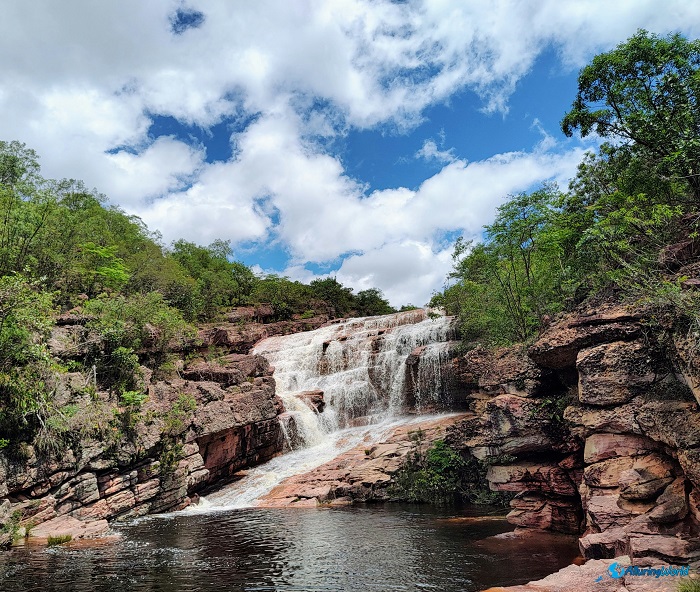
Visitors to Chapada Diamantina can also explore the Vale do Pati, a remote and picturesque valley considered one of the most beautiful trekking destinations in Brazil because the valley is dotted with traditional farming communities, where visitors can experience the local way of life and enjoy the hospitality of the region’s inhabitants. The Lençóis River, with its natural pools and waterfalls, offers another popular spot for hiking and swimming, and for those interested in the park’s underground wonders, the Lapa Doce Cave, one of the largest cave systems in Brazil, provides an awe-inspiring experience with its vast chambers and intricate rock formations.
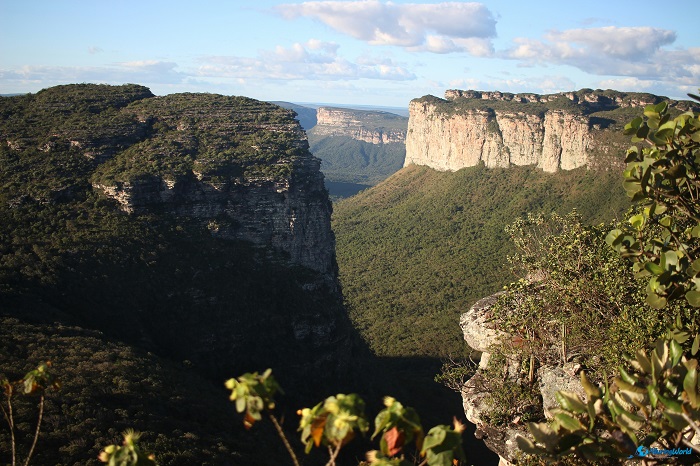
Access to Chapada Diamantina National Park is typically through the town of Lençóis, which serves as the main gateway to the park, which in fact is a charming colonial town with cobblestone streets and well-preserved architecture that reflects its diamond-mining past. The town is approximately 430 km (267 mi) from Salvador, and the journey can be made by car or bus, but the nearest airport is in Lençóis, offering flights from Salvador, making the park relatively easy to reach for domestic and international visitors alike.
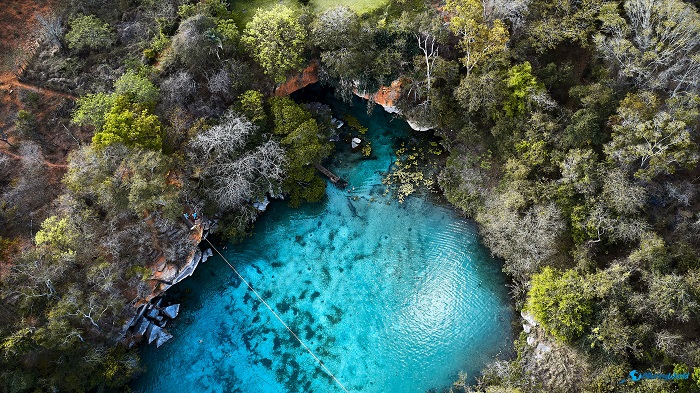
The best time to visit Chapada Diamantina National Park is during the dry season, which runs from May to September. During this period, the weather is cooler and more conducive to outdoor activities, with clear skies providing stunning views of the park’s landscapes, and the dry season is also the best time for trekking and exploring the park’s many trails, as the paths are less muddy and the waterfalls, though less powerful, reveal more of their underlying rock formations. Still, the park is beautiful year-round, and visiting during the rainy season (October to April) offers its own unique experience, with fuller rivers and more vibrant vegetation.
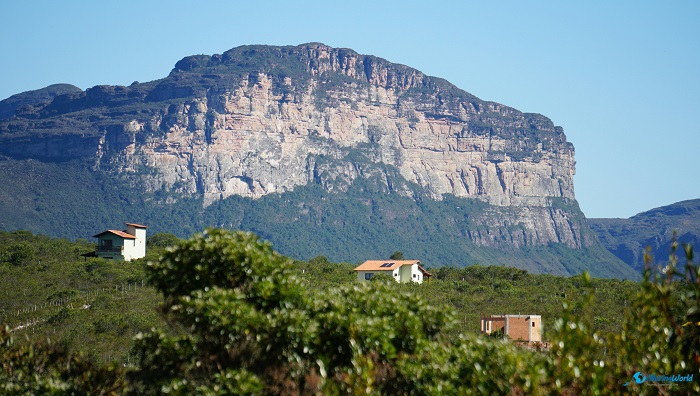
Overall, Chapada Diamantina National Park offers an unparalleled opportunity to experience Brazil’s natural beauty in one of its most pristine and diverse environments, where the park’s combination of geological wonders, rich biodiversity, and historical significance makes it a must-visit destination for those seeking adventure and a deeper connection with nature. Whether hiking to the top of a plateau for a panoramic view of the valleys below, swimming in a hidden waterfall, or exploring the depths of a limestone cave, visitors to Chapada Diamantina are sure to be captivated by the park’s rugged beauty and timeless allure.
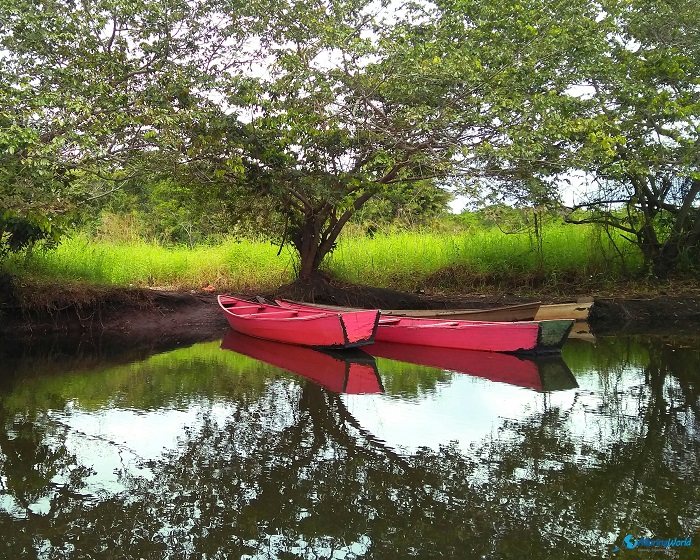
To be able to have a conclusion for Chapada Diamantina National Park is quite easy because it stands as a testament to the natural and cultural richness of Brazil, where from its formation millions of years ago to its role as a diamond-mining hub and now a protected national park, it has continuously been a place of great significance. The park’s extraordinary landscapes, coupled with its rich biodiversity and historical importance, offer a unique and unforgettable experience for those who visit, and for anyone looking to explore the heart of Brazil’s wilderness, Chapada Diamantina is a destination that promises adventure, discovery, and a profound connection with the natural world.

